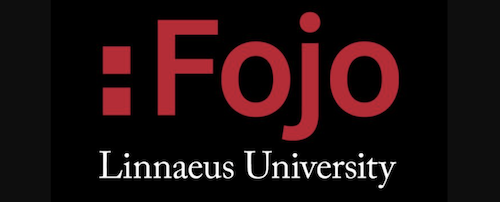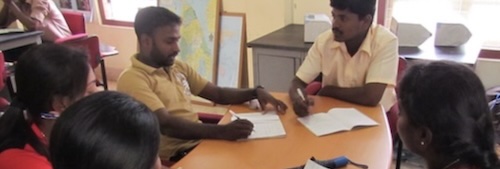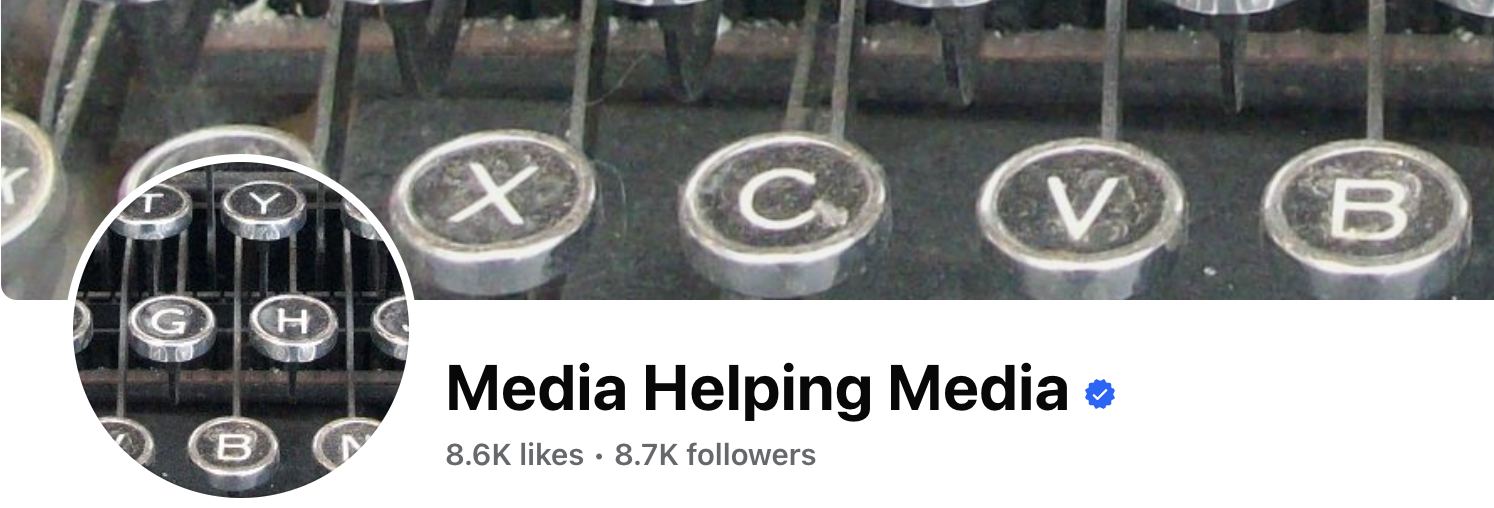 Media Helping Media is proud to be hosted by the Fojo Media Institute.
Media Helping Media is proud to be hosted by the Fojo Media Institute.
Preserving the fundamentals of good journalism
Media Helping Media (MHM) works to safeguard the core principles of accurate and impartial public-service journalism. We provide free practical training resources – including self-teaching exercises, workshops, lessons, course modules and tools – designed to be downloaded, adapted, and used worldwide.
This week's recommended reading
Free training resources
 Find out how to make the best use of the training material on Media Helping Media.
Find out how to make the best use of the training material on Media Helping Media.
 Try our introduction to journalism curriculum then take the MHM news professionalism test.
Try our introduction to journalism curriculum then take the MHM news professionalism test.
 Media Helping Media provides free journalism and media management training resources.
Media Helping Media provides free journalism and media management training resources.
 Check our Facebook page for regular updates from Media Helping Media.
Check our Facebook page for regular updates from Media Helping Media.
 The content on Media Helping Media (MHM) is released via Creative Commons BY NC SA 4.0.
The content on Media Helping Media (MHM) is released via Creative Commons BY NC SA 4.0.